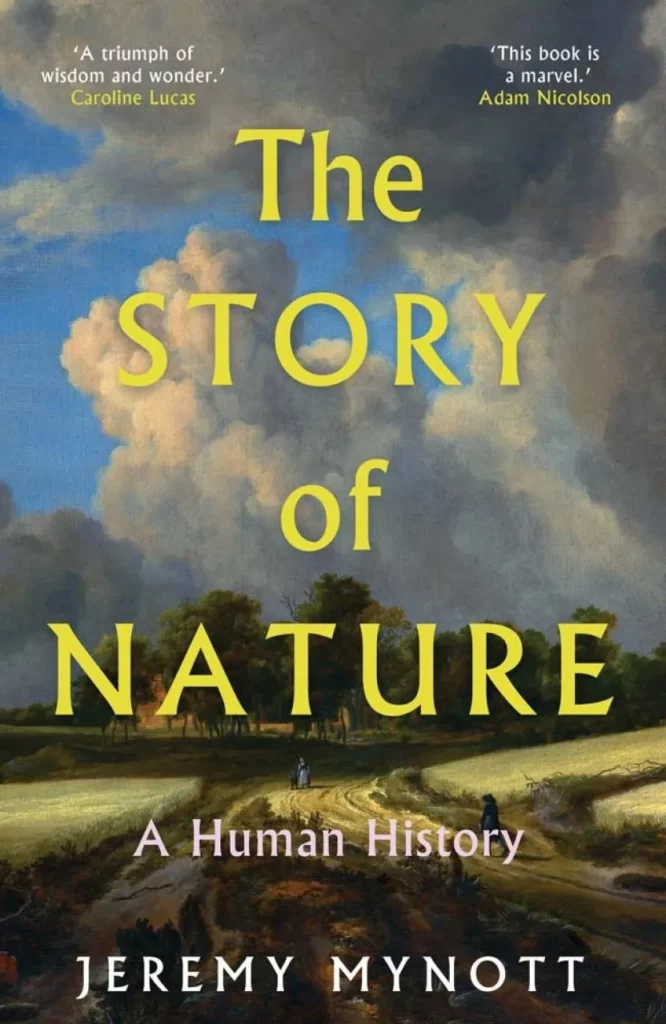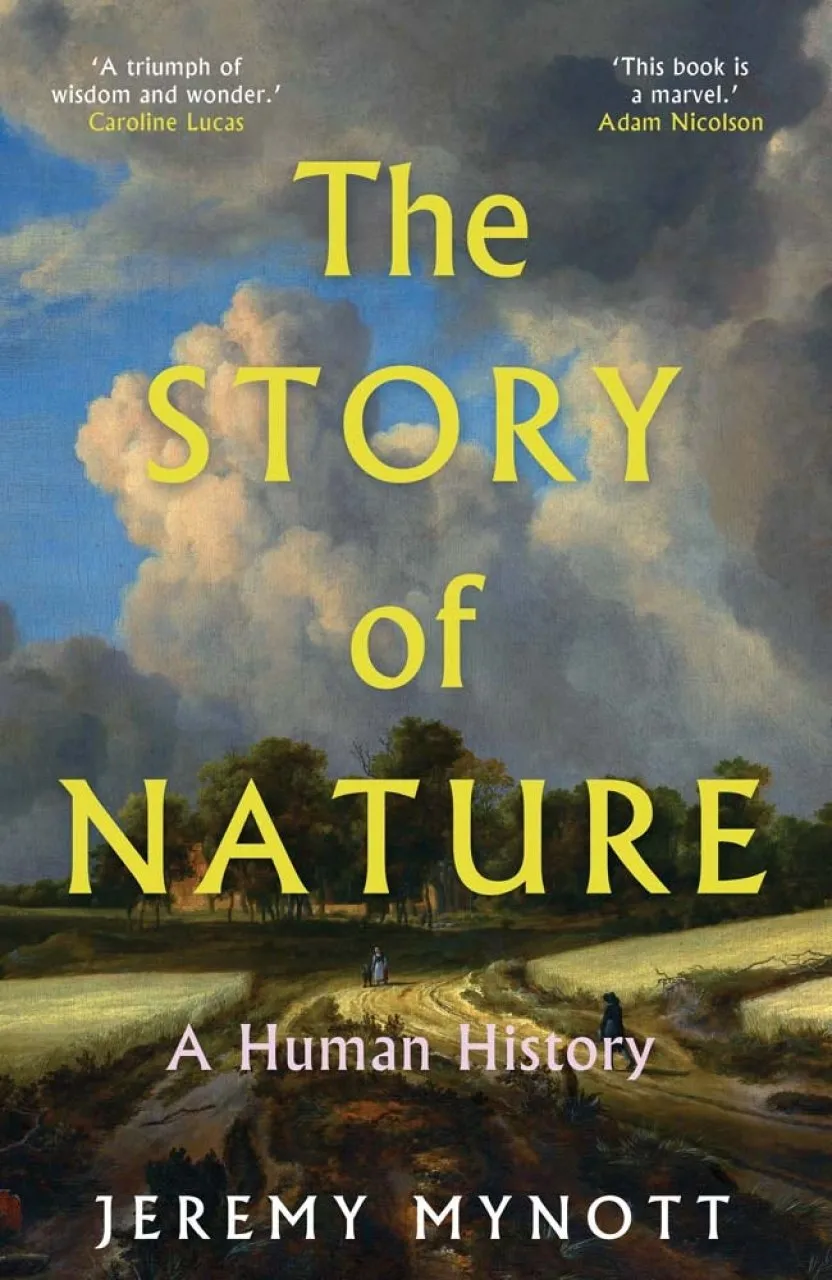We talk about ‘nature’ all the time, but what exactly is it? Does nature include physical processes such as rocks and rivers, as well as life? Is humankind part of nature or is there now a clear separation between the artificial and the natural? And if the latter, when did that divorce take place? Nature has a deep history, and what we think about it today may be different from how it was viewed in the past (there have been changes in perception even in my own lifetime). Who invented nature anyway?
This story – actually a sequence of interconnected stories – is the subject of Jeremy Mynott’s panoramic view of our relationship with nature. It develops from the Stone Age (wild animals everywhere, from horizon to horizon) to now, and even beyond, in a final, necessarily speculative chapter about the future. Formerly chief executive of Cambridge University Press and a classicist by training, Mynott is also a lifelong naturalist. He is the author of the recent Birds of the Ancient World. He is also exceptionally well-read. In this absorbing book, he explores nature through the eyes of the ancients, of the Church Fathers, and on through the Enlightenment, the romantic poets, the North American pioneers, and the modern conservation movement. We review the nature of Aristotle and Theophrastus, of St Francis and Albertus Magnus, of John Ray and Gilbert White, of John Muir and Aldo Leopold, and so on through the more collegiate prism of today (though Mynott is clearly a fan of John A. Baker of The Peregrine fame). We possess notions unknown to our predecessors, such as natural capital, and its opposite, biophilia, a built-in sense of connection with nature (do we have it? E. O. Wilson who invented the word thought we did). Our view of nature has become quite complicated. And it begs a question. With the advance of television and now social media, will books ever again have the impact of The Natural History of Selborne or Silent Spring? Attenborough has certainly made a splash, but through films, not books.
This book is a review of nature in the western tradition. There might be room for reviews of nature from the perception of other cultures, but I think Mynott is wise to stick to relatively familiar ground. The field is already broad enough. It is about how nature was defined, how it was understood and investigated, and how we responded to it. And now we face, even more urgently than before, the question of why nature matters. Each of us (certainly readers of British Wildlife) will have a view on that one, and also to the corollary: can we live without nature? After all many people do, or at least until a drought, or a flood or a fire or an earthquake comes along. But if nature is equated with native wildlife, and separated from the doings of humankind, then we are well on the way to obliterating it.
It is a profound subject, and Mynott brings to it extensive, and well-digested, learning, and a style which not only bowls you along but is surprisingly humble. An authoritarian he is not. He expounds by suggestion, not certainty. No one else could have written the story in such temporal depth. I recommend The Story of Nature to anyone who wishes to look beyond species and identification to the greater picture of nature through time and perception. It is a nice-looking book, with an appropriate jacket: a stormy sky above fields (from a painting, The Wheatfields, by Jacob van Ruisdael). It is nicely produced with well-chosen (and captioned) text pictures, full end-notes (as fascinating as the main text), and a decent index. It is a book to make you think. That could be one of the definitions of a classic. I think this book has the makings of one.


